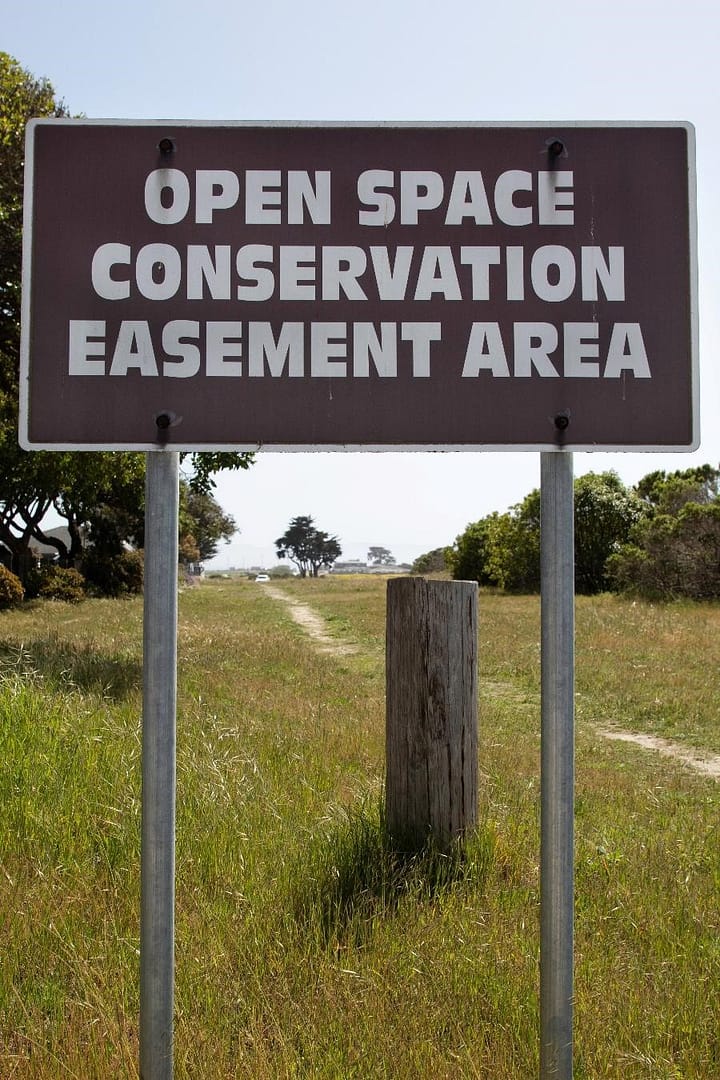Buncombe County once again has hidden away a significant financial commitment in their consent agenda. The quietly approved resolution was made at the May 7 regular meeting of the Board of County Commissioners to preserve local farmlands through conservation easements. This decision allocates $114,000 of county taxpayer funds, supplemented by $30,000 from state taxpayers, to protect our region’s natural beauty and agricultural heritage. While the intention behind these conservation efforts is laudable, this decision also warrants a deeper consideration of its financial ramifications and another call for review of the consent agenda process by which local governments decide upon such hefty expenditures of public funds.
The Role of Conservation Easements
Conservation easements are powerful tools for protecting land from development, thus preserving the natural state and agricultural use of the land for future generations. However, they also mean that the land will likely not be developed in ways that could significantly increase its market value and, by extension, property tax revenues. This potential loss in tax revenue is a significant aspect of the conservation decision that demands analysis and mention in the public record.
Financial Implications
The immediate cost to taxpayers is quantifiable—$144,000—but the ongoing impact of reduced tax revenue from these lands deserves a closer look. The community needs a transparent analysis of how these financial figures stack up against the environmental and social benefits of keeping the land undeveloped. Such an analysis would ensure that residents are fully informed about how the county commissioners are using our tax dollars. We should all know the long-term implications of these decisions.
Lack of Transparency in Decision-Making
Furthermore, the way these funds are being allocated—on the consent agenda without public debate—provides another example of the routine lack of transparency in our local governance. Decisions of this magnitude, involving significant public funds and impacting community land use, should be subject to public scrutiny and discussion. Engaging the community in these decisions not only enhances transparency but also enriches the decision-making process with diverse perspectives. While always considerate of black and LGBTQ+ values, the current uni-party County Commission is completely unconcerned with any conservative perspectives.
The Need for Public Discussion
The Board of Commissioners must offer some public discussion and debate to the public. Otherwise, there should be at least some public disclosure of detailed justifications and comprehensive financial analyses clearly visible on the agenda. This information would help all stakeholders understand the trade-offs involved and would foster greater trust in the motivations and outcomes of such significant fiscal expenditures.
Balancing Environmental Goals with Fiscal Responsibility
While preserving our county’s landscapes is undoubtedly a priority for many, we must balance our environmental goals with fiscal responsibility. Ensuring that decisions on land use and public spending are made with complete transparency will help maintain the trust of the community and guarantee that environmental conservation efforts are both sustainable and financially sound.
Conclusion
This article calls not for a reevaluation of our commitment to conservation but for a more transparent and informed approach to how we achieve it. By openly discussing the economic impacts alongside the ecological benefits, we can ensure that our policies reflect the broad spectrum of community values and priorities.


